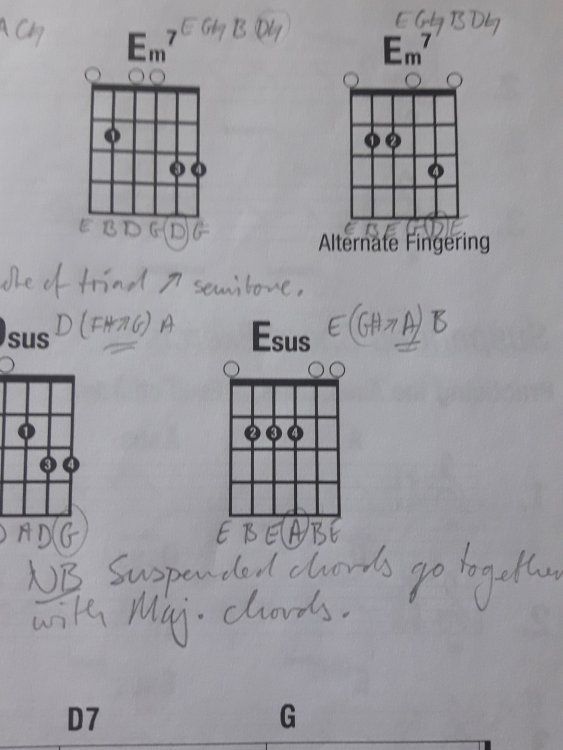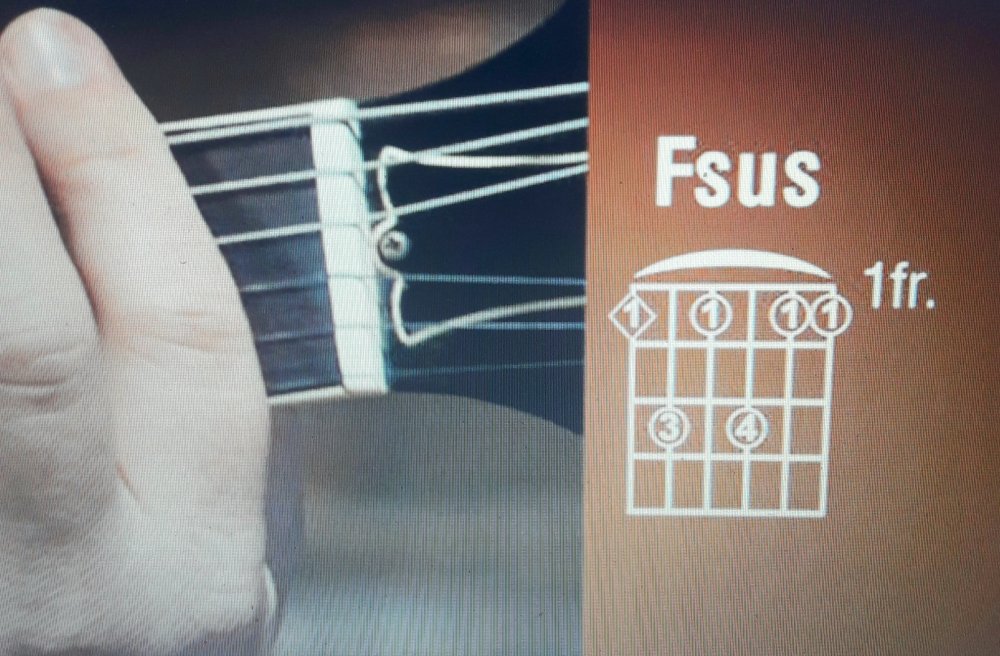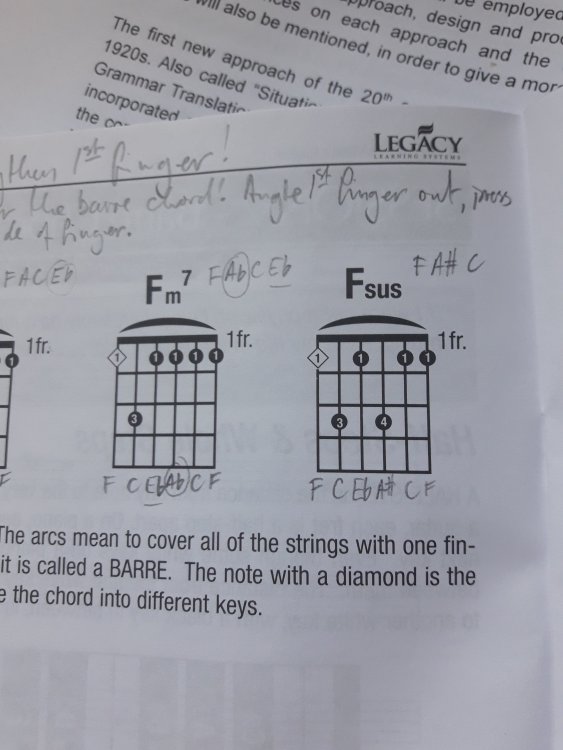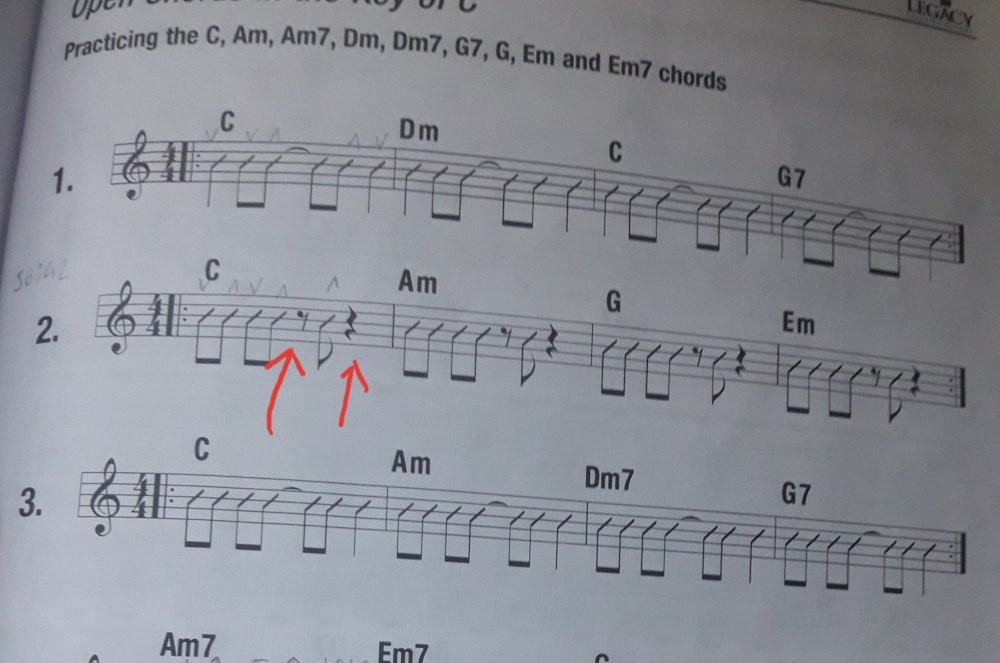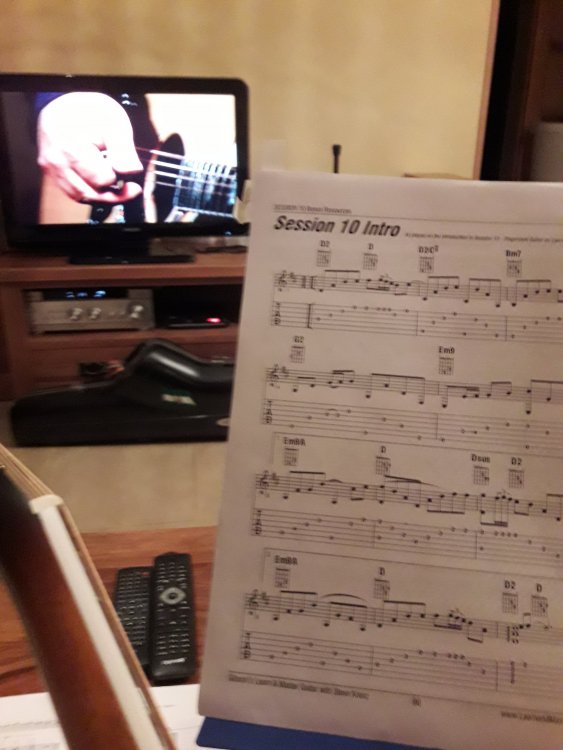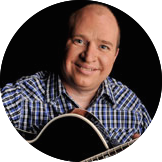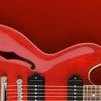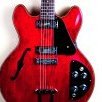-
Posts
24 -
Joined
-
Last visited
-
Days Won
3
Eduardo last won the day on August 24 2022
Eduardo had the most liked content!
Reputation
14 GoodAbout Eduardo
- Birthday 02/04/1971
Personal Information
-
Location
Madrid Spain
Recent Profile Visitors
The recent visitors block is disabled and is not being shown to other users.
-
OK, so in Session 10 Steve shows us the Thumb, 1st, 2nd, 3rd finger positions for finger-style playing (my favourite style by far!) and then the PIMA system for classical work. He talks about the Giuliani right hand exercises (I put them up in a different thread, they're available online for free), and says they're a really good resource. According to standard fingerstyle, the thumb hits the bottom three (EAD) strings where the 1st finger takes care of G, 2nd takes care of B and the 3rd takes care of E. At least until the end of Session 10. Maybe things get substantially more complicated than that later on! However, in Giuliani's studies (check out study 4, attached) the right hand moves up and down the guitar body and the thumb (p) hits the bottom note of each triplet, whatever string it's on, and the 1st and 2nd fingers (i and m) take care of the 2nd and third notes in each triplet, irrespective of the string that they're on. So in the first group of notes, C-E-G, it's p (thumb) on the C (5th string - A), i (1) on the E (4th string - D) and m (2) on the G, (3rd string, G). Effectively, the 1st and 2nd fingers have moved physically upwards (down in pitch) a string each. So, my question is this. If we're aiming for good fingerstyle technique, should we do this as Giuliani indicates or should we stick to "standard" and keep the thumb working the bottom three strings and leave the 1st, 2nd, and 3rd fingers on the G,B, and E strings respectively? If it's really hard to follow what I've tried to explain, then check out the photo. I pencilled in TT1, T12, etc above the notes to show what I mean by the standard right hand fingering. Incidentally, if anyone wants to know what P-I-M-A stands for, it's "pulgar" (thumb) "índice" (index) "medio" (middle) and "anular" (ring) in Spanish. I wish I could say that the Spanish invented the guitar but it was supposed to be the Arabs who brought it to Spain, like the Alhambra and the Mezquita of Córdoba... Thanks for your answers guys. I hope I haven't opened a can of worms.
-
Hi guys, I don't know if this has already been posted (I wouldn't be surprised if it has) but Steve made a reference to Giuliani's 120 Right Hand studies as a learning resource. They've been published onine for free in a pdf, and here's the site for them: https://www.classicalguitarshed.com/wp-content/uploads/2018/11/Giuliani-120-studies-for-right-hand.pdf If you can't be bothered surfing the web, I'll attach them as a pdf to this thread. Cheers! Eduardo. Giuliani Right Hand Studies.pdf
-
Sorry to pester you Diane, can you explain a bit more about the sus2 chords to me? I'm checking out the chords chart and on page two, I'm "spelling" the chords out. So the 3rd in the triads go down a tone: A2 goes from A-C#-E down to A-B-E, D2 goes from D-F#-A down a full step to D-E-A, and G2 goes from G-B-D to G-A-D. Why's it called "suspended" then? If a suspended 4th goes up a semitone, yet a suspended 2nd goes down a whole tone? I don't get it. It sounds cool though! In fact, it sounds kind of "unfinished". It needs to end on a Major chord. Is this what musicians mean when they talk about "tension" and "resolution"? I really appreciate your input Diane. Thanks for taking the time. Eddy.
-
Diane! Long time no see! Thanks for that - of course, it's all coming back now. There's no such thing as a sharpened Major 3rd, because it automatically becomes a perfect 4th. Which is why it's not A# in the Fsus chord, but Bb. (As well as A# not existing in the scale of F Major). Thanks for explaining the "sus4" bit - I never twigged on to that. I owe you one. I started learning proper theory a couple of years back with an absolute diamond of a professional musician (sax, tuba, and piano player) but then the pandemic hit and the poor guy was too afraid to keep coming round for classes. He's now at University studying Schoenberg and Poulenc... I need to get back studying theory, or I'll be forever limited to the ranks of "amateur annoying Dad that no-one wants to listen to" !!! Oh, and don't for a minute think I was being critical of Steve, I wouldn't dream of it. Even though I've never met the guy, I know he's put his life's work into helping people learn music, and if he's made omissions, it'll be for a good reason. Thanks for the chart. It's getting printed off and pinned to the bedroom wall for just as long as my wife is away working!
-
Hi compañeros, I hope you're well. I want to ask a theory question. On page 37 of the Gibson Learn and Master series, we got taught the Esus chord which is just like the open E Maj chord with the 3rd #-ed up from G# to A natural. (Photo attached with my scribbling). Then on page 44, Steve shows us the Fsus chord which is just the same as the Fm7 next to it but with the pinky slid up on the G-string to an A#. Cool, the 3rd is #-ed a semitone (half-step to the US players). BUT!!!! we've still got an Eb in there, which is a flattened 7th in the F Major scale. So, rather than a Fsus chord which I guess should be F A# C, we've got F A# C Eb. Doesn't that make it a Fsus7 ? I'm no genius on music theory or harmony, so can someone who knows what they're talking about tell me the answer? I would have assumed the Fsus would be identical to the Esus played with 1st finger barre a semitone (half-step) higher, i.e. on the 1st fret. F-C-F-A#-C-F, not F-C-Eb-A#-C-F as shown on page 44. Also, my apologies if this is already covered in another thread, only I haven't found it. Saludos desde Madrid. Eddy.
-

Session 6 Minor 7 Chord Exercises and Rests
Eduardo replied to Achilles Wrath's topic in Gibson's Learn & Master Guitar
Dude! I have the answer! At 42:40 on the video of Session 6, Steve uses the heel of his strumming hand to mute the strings, so I guess it's a legitimate technique! Thank God, that's how I've been doing it for donkeys' years! -

Session 6 Minor 7 Chord Exercises and Rests
Eduardo replied to Achilles Wrath's topic in Gibson's Learn & Master Guitar
Hi Achilles, I was about to ask the same question as you because I'm going through the old chapters from the course to revise my technique, and on the video I see Steve doesn't mute the strings with his picking hand during the rests as well, so effectively, the last chord played just rings through. I guess he does this so as not to confuse younger learners, but I'm guessing that to do it right, you have to use your fretting hand so the picking hand keeps going through the down/up/down/up cycle. Can anyone throw some light onto this for me? (On the video of Chapter 6 this is at 36:42, and it's on page 39 of the Lesson book. -
Thanks Mark. I do almost exclusively play acoustic, so that's probably the cause of it. I spend at least an hour a day doing scales, barre chord exercises, and working through Steve Krenz's Learn and Master course, concentrating on the fingerpicking material. I love the advanced chords exercises, but I can't get my fingers to stretch to the G2 on page 67! Mind you, I thought the E2 on the same page was almost impossible, and there's not much between them... The scales have sort of peeled off now, and I'm left with kind of raised pads, a bit like our family German Shepherd who is lying faithfully at my feet as I'm typing this! Now my major problem is disciplining myself to stay off the guitar and keep working for a set of State exams for teachers that I have coming up in June. I guess if I play the guitar until it hurts, and then do some study until I get utterly bored, then swap back to the guitar, I can avoid blisters, become a wicked guitarist, and pass my exams all in one go!
-
I'm in the same boat. I can't grow my nails because it's impractical, but one of my friends is a professional classical guitarist and he has amazing nails. So I guess it boils down to what you expect from the guitar. If you want to perform in public and a bright tone is important, or if you're just playing for your own pleasure. (That's me.) One possible solution may be to play without nails but use an amplified acoustic if you need some projection?
-
"The man that hath no music in himself, Nor is not moved with concord of sweet sounds, Is fit for treasons, stratagems, and spoils; The motions of his spirit are dull as night, And his affections dark as Erebus. Let no such man be trusted." - Lorenzo to his lover, Jessica, in The Merchant of Venice, Act V Scene 1. And that was a hundred and fifty years before Bach was composing! I'm giving my fingertips a rest, and reading some Shakespeare. Has anybody seen a more eloquent defence of the value of music than that?
-
Thanks bro, I have to admit, I did wonder that myself. Oh well, I suppose the great orchestral musicians of the 18th and 19th Centuries never had recordings of Mozart's or Beethoven's work and they would still have made beautiful performances from only the sheet music, so I'll have to go old school and put some elbow grease into it!
-
Hey Fretless, you're right, we have enough instruments to fit out an entire band, but in my defense, they're spread between me and our two kids. My son's the trombonist, but he's hit the typical 12 year old "I hate music and anything that requires a bit of effort" stage, so we may be sharing instruments between just my daughter and myself soon! And yes, the Guild was an inspired choice, I was playing it all yesterday afternoon instead of doing next week's lesson planning!
-
My daughter started playing last month. What could go wrong apart from the fact that she's 15? She's left handed, so I strung an old 3/4 size Ibanez upside down for her and for the moment she's on that. Last weekend she decided to try out my "right handed" Cort M600T. Watch to the end, where she finds out what the Gain dial does. VID-20210227-WA0005.mp4
- 1 reply
-
- 1
-

-
I'm jealous of you William, (for living close to Nashville). But Spain is also a guitar heaven, just a different style. I can get back into my wife's good books quite cheaply though, as she's not a musician. All I have to do is get busy in the kitchen because she loves my cooking! That's another thing we are blessed with in Spain - this is the home of good food and good wine, speaking of which it's dinner time over here. 😋
-
Hi guys, I'm working through the Session 10 Intro score in the Bonus Materials book. I love this track, but I can't find the audio anywhere! It says Session 10 intro, but the intro on my DVD is Pachelbel's Canon on D. Am I missing something? Can anyone tell me where to listen to, or better still, watch Steve's fingering on this track?




